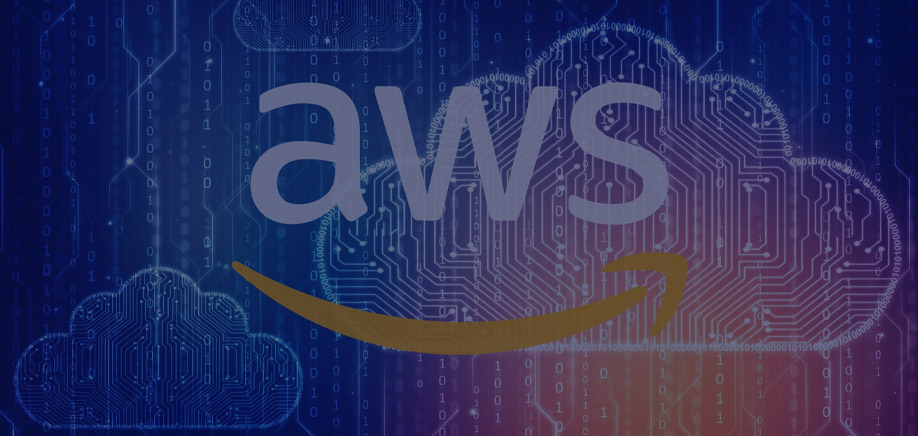In a fast-paced world of research, laboratories face increasing pressure to innovate rapidly. Amidst this, data emerges as the ultimate tool, with big pharma companies leading the charge in utilizing AI-driven analytics for lab efficiency improvement.
Continue readingFrom Bench to Breakthrough: Revolutionizing Drug Research with AI-Powered Integrated Assay Analysis
In the dynamic landscape of life sciences research, the acceleration of discoveries and breakthroughs is of paramount importance. Today, integrated assay analysis, powered by cutting-edge AI solutions, represents a pivotal leap in scientific exploration, revolutionizing the pace, depth, and efficacy of research endeavors across diverse disciplines.
Continue readingAccelerating tomorrow’s cures: Faster Enrollments for faster trial completions
Clinical trials are at the forefront of medical advancement, playing a pivotal role in bringing new treatments and therapies to patients. However, despite their importance, patient recruitment remains a significant bottleneck in the clinical trial process.
Continue readingRevolutionizing Patient Recruitment in Clinical Trials with AI
Patient recruitment in clinical trials has long been a challenging and time-consuming process, causing delays and increasing costs. Clinical trials come with stringent eligibility criteria, and potential participants often have reservations about safety, the time commitment required, or a simple lack of awareness about available trials.
Continue readingAchieving End-to-End Visibility in Clinical Trials: The Power of Analytics and Dashboards
In the world of clinical trials, achieving real-time end-to-end visibility has become more than just a trend; it’s a critical necessity.
Continue readingThe Critical Role of Data Management Systems in Clinical Trials
In the world of clinical trials, data is at the heart of the quest for safer and more effective treatments. However, as trials grow in scale and complexity, the data they generate from various sources has surged to unprecedented levels.
Continue readingRevolutionizing Aircraft Maintenance with Digital Twins
Airlines will continue to adapt to the evolving new normal, operate under strict budget constraints, and prioritize cash preservation to tackle the uncertainties and challenges.
Continue readingChallenges of Migrating Legacy Applications to AWS
In a world of rapidly changing technology, many organizations still rely on legacy mainframes to keep their most critical operations running. These age-old systems have been tuned and customized to meet the functional requirements of the business, and as a result, have become locked-in to vendors over the years
Continue readingOptimising aircraft turnaround time-a TCG Digital service offering
Optimising aircraft turnaround time is a critical task for airlines looking to maximise efficiency and minimise costs. Delays in turnaround time can lead to lost revenue opportunities, as well as increased costs associated with aircraft operations.
Continue readingImproving transported animal welfare for a North American airline
Pets are an integral part of many families, and for pet owners, their furry friends are like family members. When it comes to air travel, it’s essential to ensure that pets are well taken care of and that their safety is a top priority.
Continue reading


















